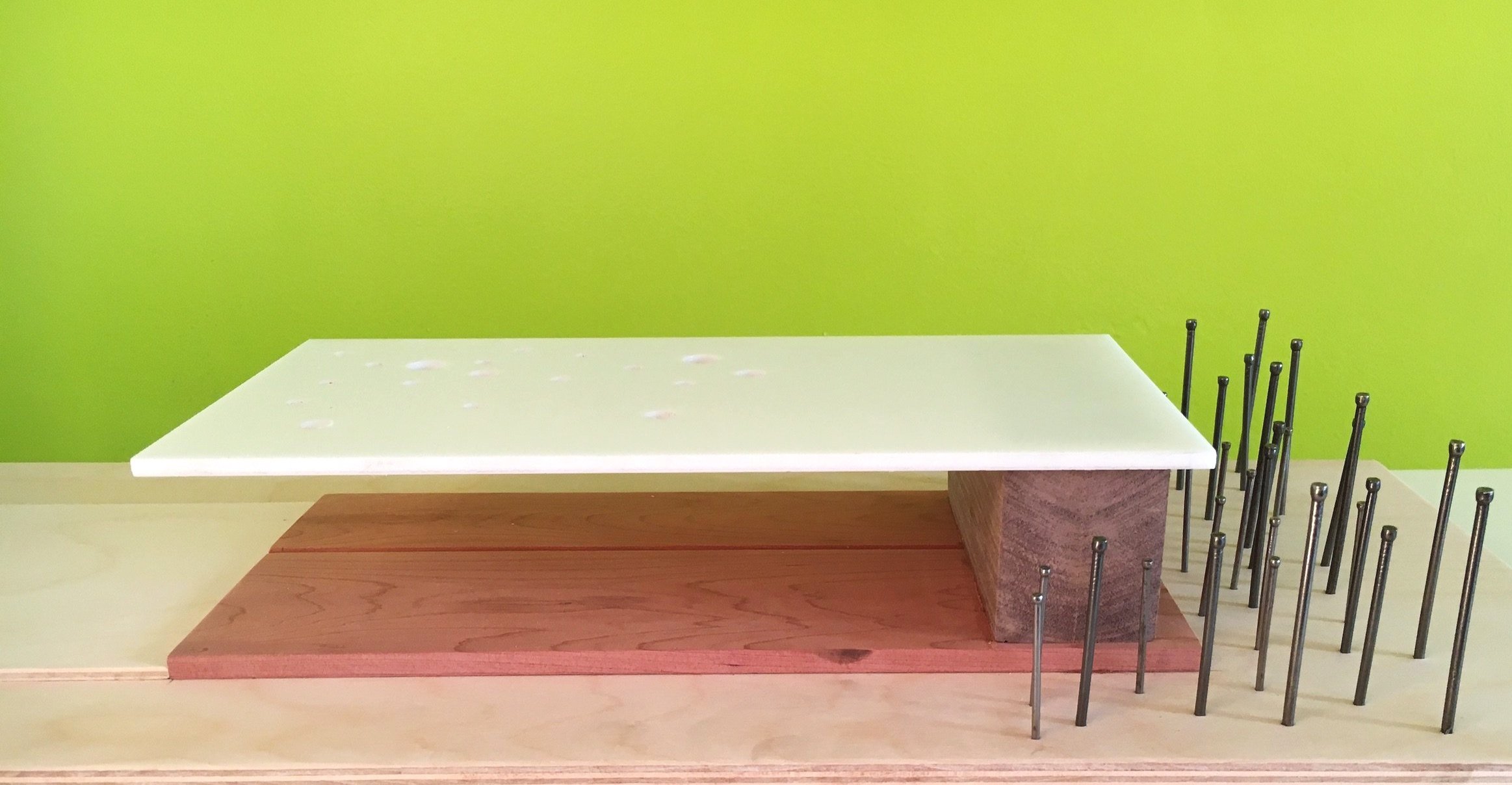CIVIC SHEDS
E PLURIBUS UNUM
This was the motto of the United States from 1776 until 1956 (when a new divisive motto was adopted by Congress). Out of many, one has always seemed to me the most admirable quality of this democratic project. Perhaps, of late, more an aspiration than a trait.
The Civic Sheds Project is a reaction to those working to devalue the worth of deep on-going civic engagement. To those trying to erase the notion of shared aims, of collective effort. The resulting erosion of public and civic life has, in turn, decimated our public and especially our civic spaces in the United States. The idea of the citizenry is in desperate need of expansion and elaboration. Along with the spaces that support civic engagement.
As architects our highest calling, and what we do best, is making places. Significant places, deeply tied into communities and the land. The Civic Sheds Project came out of a simple desire to try and provide a type of place that is largely missing today. The place for civic gathering.
The idea for Civic Sheds evolved from a series of projects done with students at IIT’s College of Architecture and a group of competition projects undertaken by TBA. XMDW, Big Mac REDUX, Navy Pier Renovations, and research on prefabricated metal buildings all contributed key ideas and helped solidify the concept. My years living and working in Europe, where civic spaces are so vibrant and vital, were formative as well.
The architectural roots of the Civic Sheds Project are in the previous work but the programmatic, political and social ambition, which imagines a nation-wide campaign erecting these simple structures, comes from the Rosenwald School Project which built 4,977 schools across the south for Black children and Andrew Carnegie’s work to establish over 1,600 new libraries across the country.
So the project is radically simple: build a roof in each community under which the citizens can gather to talk, discuss, and debate. Where we can all come together and do the work of the citizenry. All together, under one roof. But the one roof isn’t one of dreamy sixties-style guitars and dope, it’s a factory roof. Under this roof we make stuff. We can make our society.






